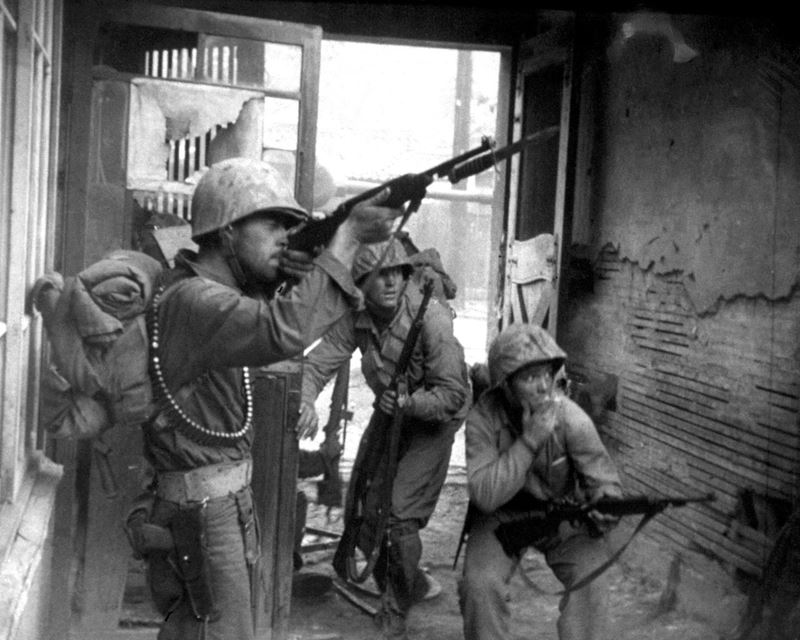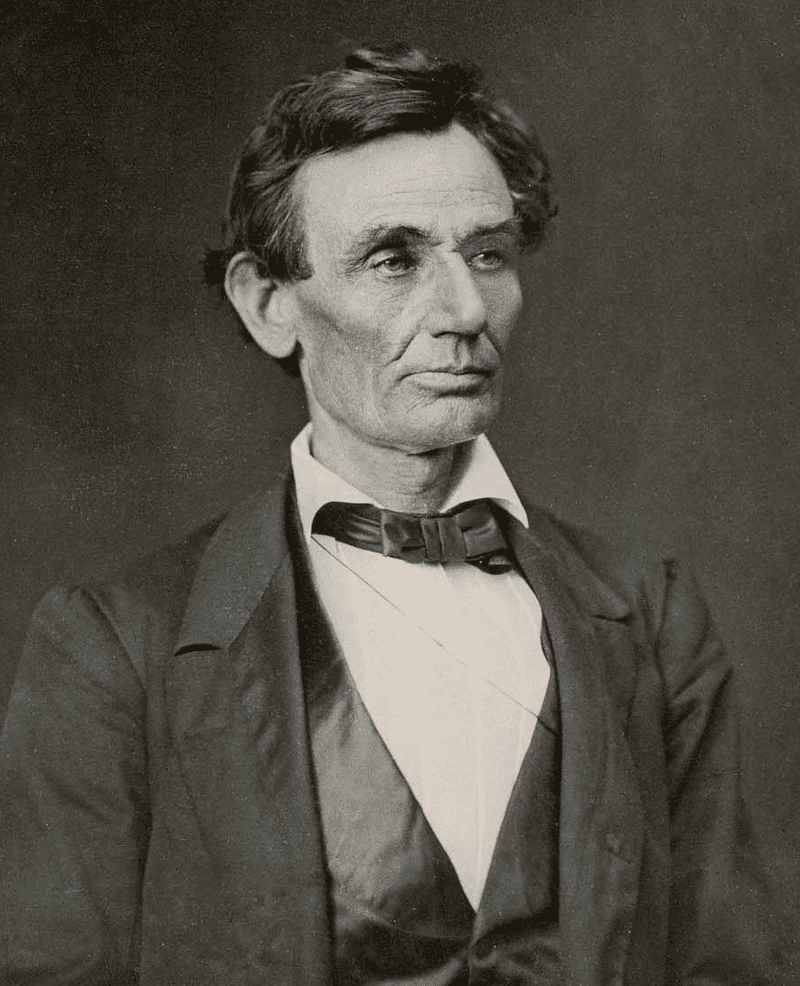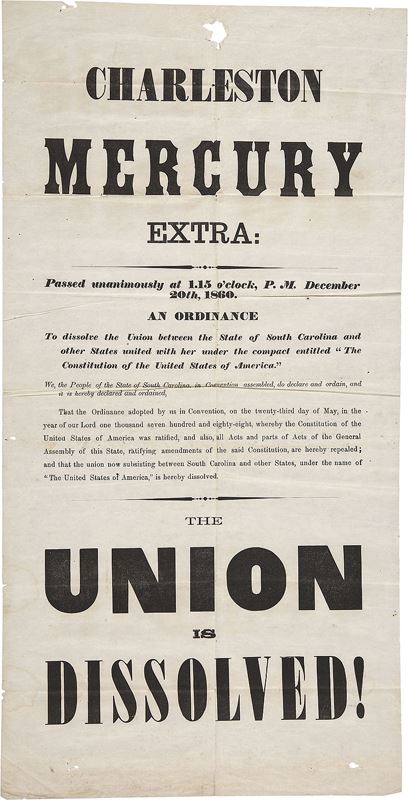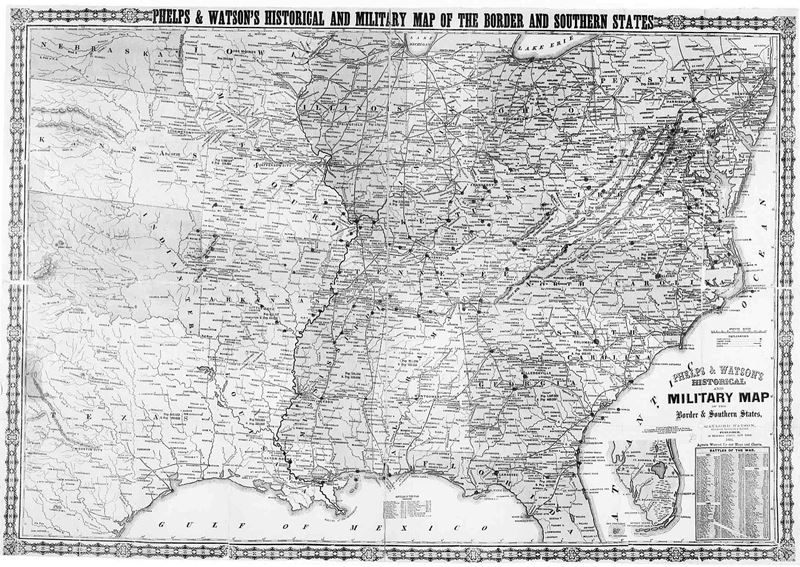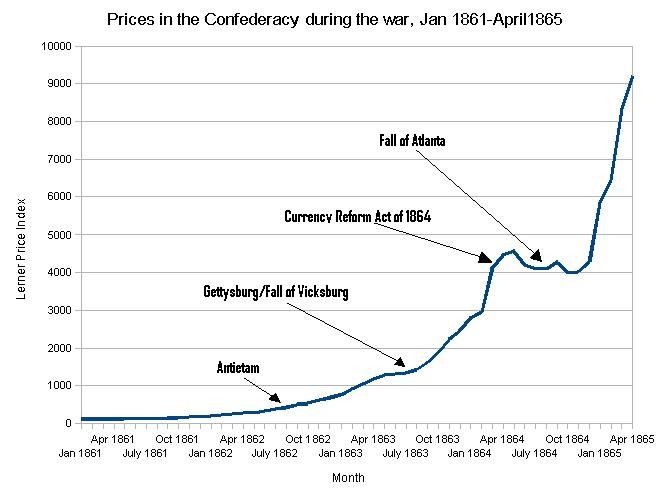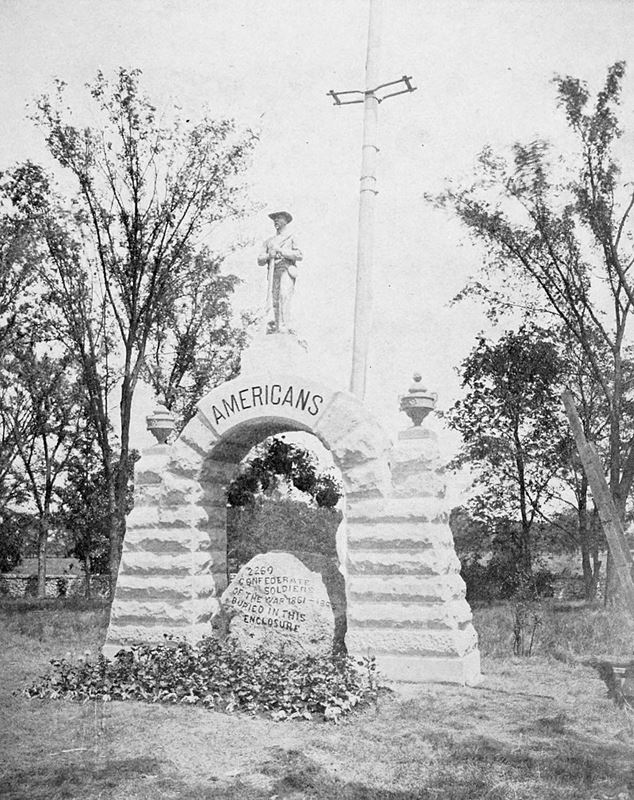The X Corps entered Seoul the morning of September 25th. By mid-afternoon, elements of the 7th Infantry Division crossed the Han River and captured Namsan peak. The 1st Marine Division began its assault on the city at 7 a.m. The North Koreans had heavily fortified the city. Buildings were heavily defended by machine guns and snipers, and on Ma Po Boulevard, the main road through the city, the North Koreans had established a series of 8-foot-high barricades of burlap bags, typically filled with sand, dirt, or rice. Located about 200-300 yards apart, each major intersection of the city featured such a barricade, the approaches to which were laced with mines, and which were usually defended by a 45mm anti-tank gun and machine guns. Each had to be eliminated one at a time, and it took the Marines, on average, 45–60 minutes to clear each position.[8]
Casualties mounted as the Americans engaged in heated house-to-house fighting. Edwin H. Simmons, a Major in 3rd Battalion, 5th Marines, likened the experience of his company’s advance up the boulevard to “attacking up Pennsylvania Avenue towards the Capitol in Washington, D.C.”[8] He described the street as “once a busy, pleasant avenue lined with sycamores, groceries, wine, and tea shops.”[8] Anxious to pronounce the conquest of Seoul on MacArthur’s insistence by the third-month anniversary of the war, Almond declared the city liberated at 2 p.m., September 25, although Marines were still engaged in house-to-house combat (gunfire and artillery could still be heard in the northern suburbs) and the city would not be fully captured for two more days.[8] The Government House and Changdeok Palace were captured on September 26.[8] Sporadic resistance would continue up until September 29.[8]
After the battle, South Korean police executed citizens and their families who were suspected as communist sympathizers in what is known as the Goyang Geumjeong Cave and Namyangju massacres.

